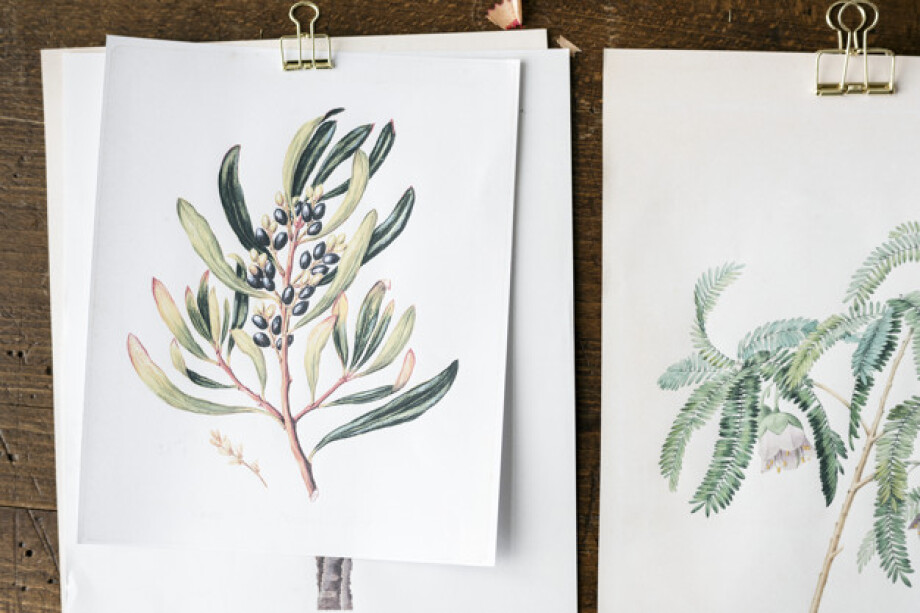What is a picture for you? I suppose you may think about such words as «photo», «drawing», «sketch» and others. As for me, pictures are perfect tools when I teach English. It`s a great source to provide speaking activities on all topics and for all levels. It doesn`t matter if you`re teaching Present Simple at A1 or preparing an advanced student for an international conference. You can just choose an appropriate picture and fit it into the lesson!
So, it`s obvious that the quickest picture-based activity is to simply describe what you can see in the picture. Such activity doesn`t require a lot of preparation; can be a perfect lesson filler, warm-up or lead-in activity. But what else can we do with pictures to engage our students in speaking activities? Modern student`s books are so rich in various pictures that it`s a logical idea to take from them as much as possible. Most of my suggestions are better for online teaching but it`s possible to adjust them for offline lessons as well. Here you`ll see some possible speaking tasks based on pictures.
Let’s start from the basics:
Prediction
You have warmed your student up and now you are presenting the topic of the lesson and enumerating lesson`s aims. Slow down, please! Why don`t you show the student a suitable picture at first? Elicit all the possible information and lesson aims from it. This strategy may be used for predicting the topic of the video or listening as well. It`s a great way to revise even some grammatical structures!
Telling stories
It`s clear that creativity is a great thing. So why not practice new vocabulary and grammatical structures and develop creativity simultaneously? Show your students several outstanding pictures and offer them to create stories using them. How about group work? Ask one student to tell the story from the end and another from the beginning. Provide additional discussion like «What can be alternative endings of the story?» or ask to use a particular tense or range of vocabulary.
Explaining the meaning
Surely it`s usually not a good idea to translate unknown words into Russian especially if they are in the student`s passive vocabulary. If your students have forgotten the word or they`re asking you «What does it mean?» try showing them a picture if it`s possible. It`ll not only reduce the amount of L1 in the lesson but create visual associations.
Giving associations
If you want to offer something extraordinary, show pictures to your students and ask them not to describe what they can see but to give associations. This activity is perfect to start a lesson creatively. Especially it`s beneficial for shy students or for beginners because it doesn`t require a large vocabulary and helps to reduce stress.
Comparing and contrasting
This task is well-known and suitable for students of all ages and levels. It can not only help to get ready for exam formats but also to activate vocabulary, develop critical thinking and attention to details. You may offer your own pictures or ask students to bring their ones to the class or lesson. Dealing with groups, you may organize such discussion in pairs.
Giving opposites
Working with vocabulary especially with low-levels you may show students pictures and ask to tell the opposites. Such an upside-down activity can be beneficial for brainstorming. Your students will have lots of fun!
Background
To cheer your students up at the end of the lesson you may show them a motivational picture or quote while correcting errors and summarizing the lesson. It can be something corresponding with the lesson topic, student`s interests or just something inspiring.
Story writing
Pictures can serve as a great inspiration for story writing. Show your students a picture and ask them to make up a story based on it. In this case, pictures can give some basic ideas and boost students’ imagination. To make the task more challenging you may offer a certain style or form of writing, like an article, short story or an essay.
Vision board
I suppose this activity is especially cool for the first or the last lesson of the studying year. Besides, it`s really beneficial while dealing with Future tenses. Offer your students several sets of pictures or ask to bring their own. Engage them in the discussion about their dreams, ideal life, future plans and ask what pictures it corresponds the most and why.
Just photos
This activity is marvellous for small groups. Students choose two photos on their phones. They will tell everything that they want about the first one, and they show the second one to the group and answer questions from other students. So, here you may allow them to choose just random pics or connected with a certain topic.






 Вероника Аветисян
Вероника Аветисян 
 Маргарита Аветисян
Маргарита Аветисян 


